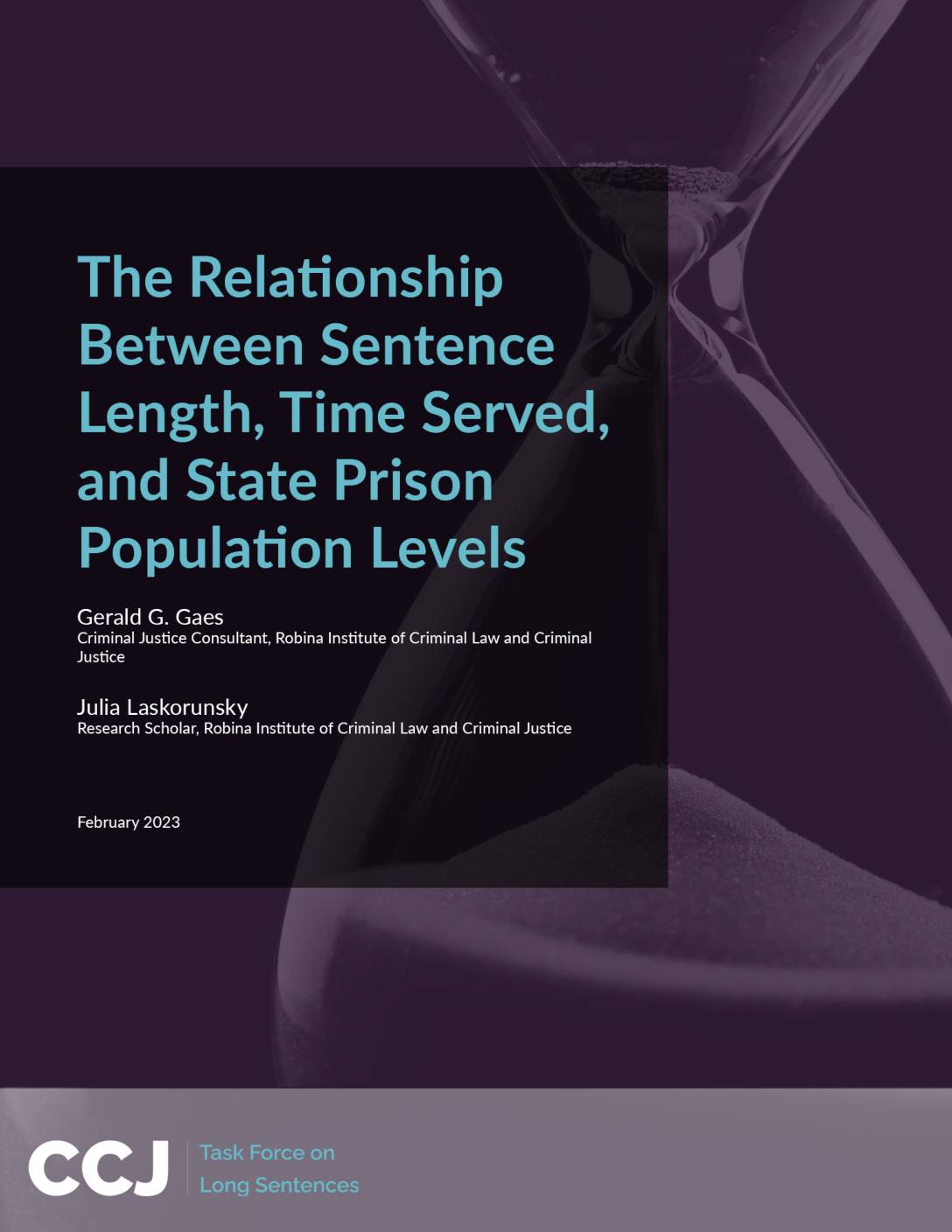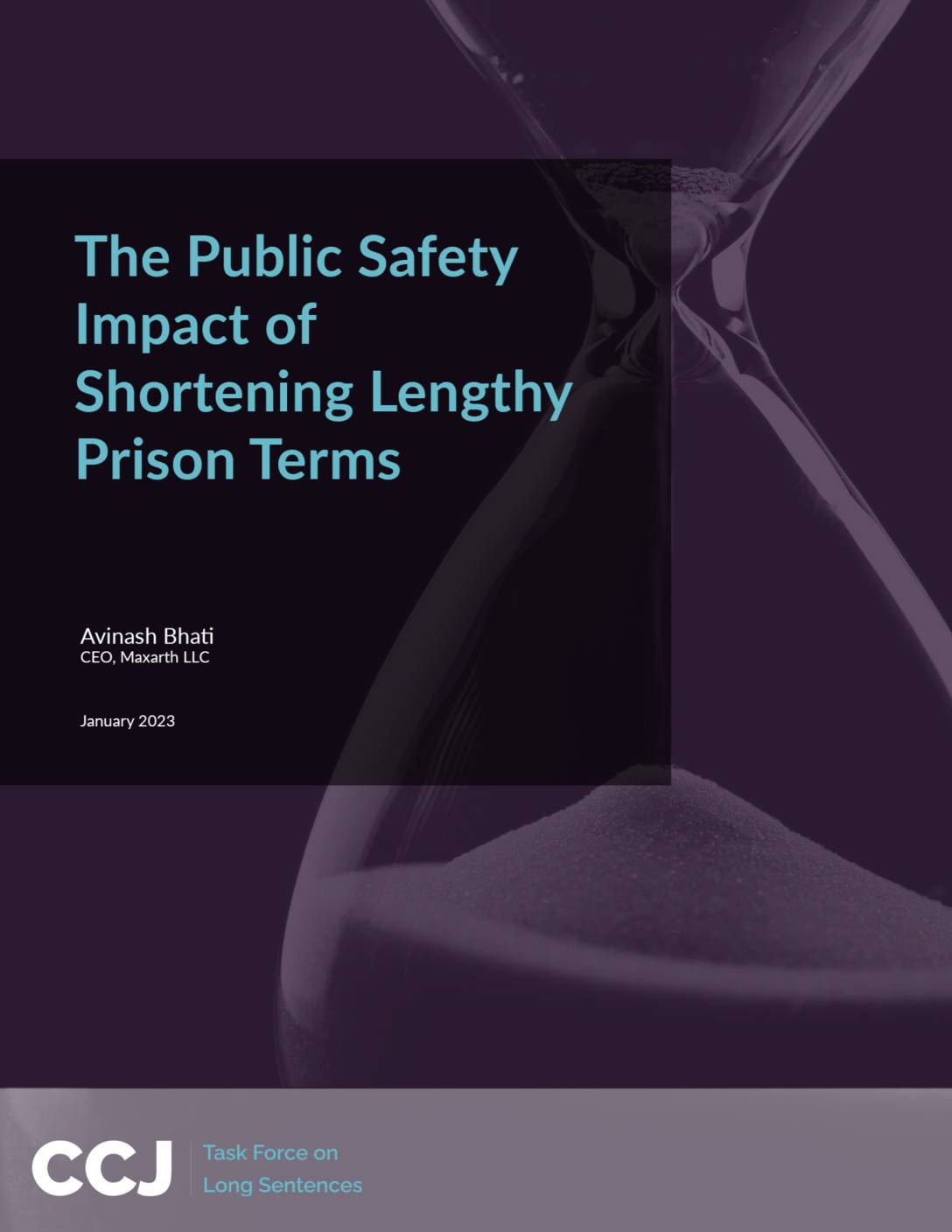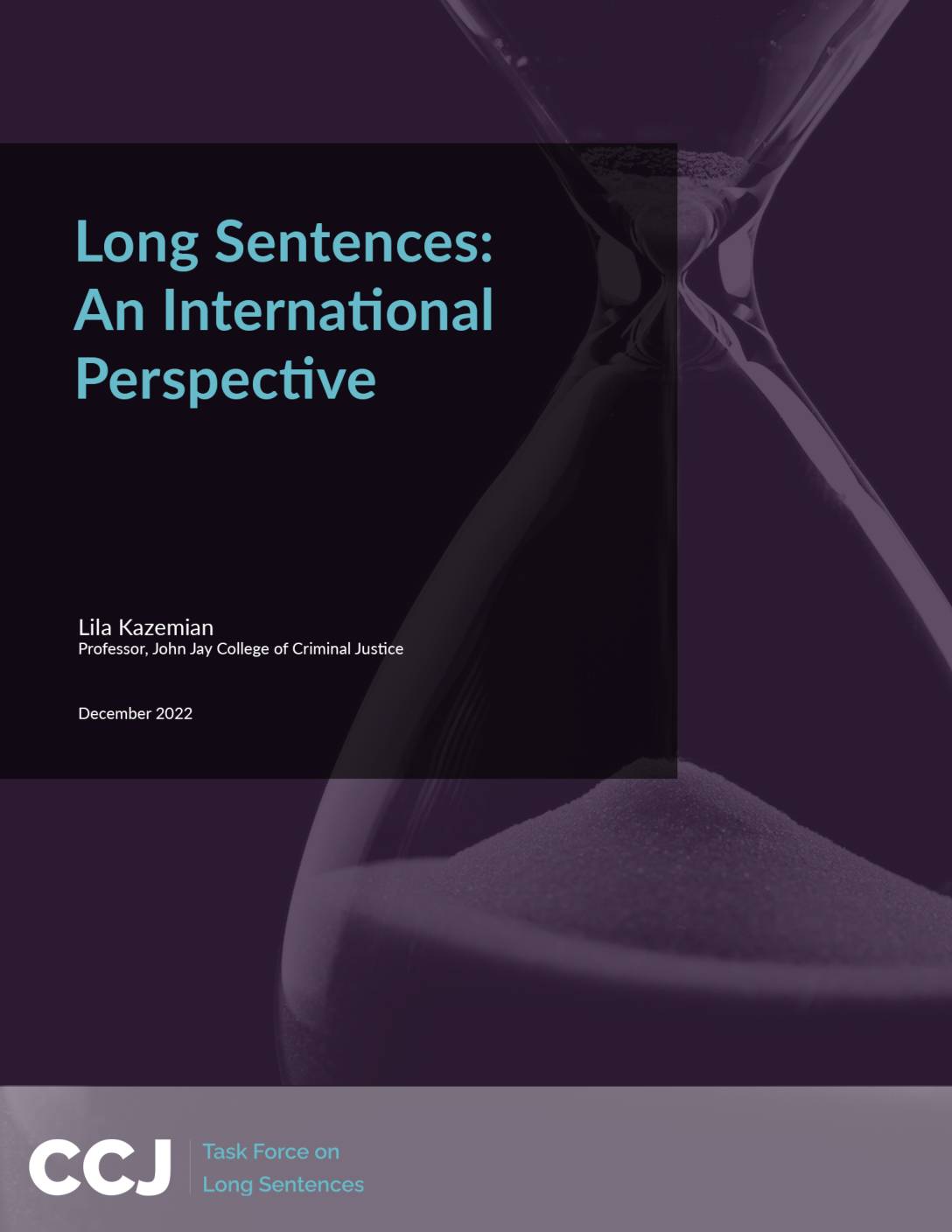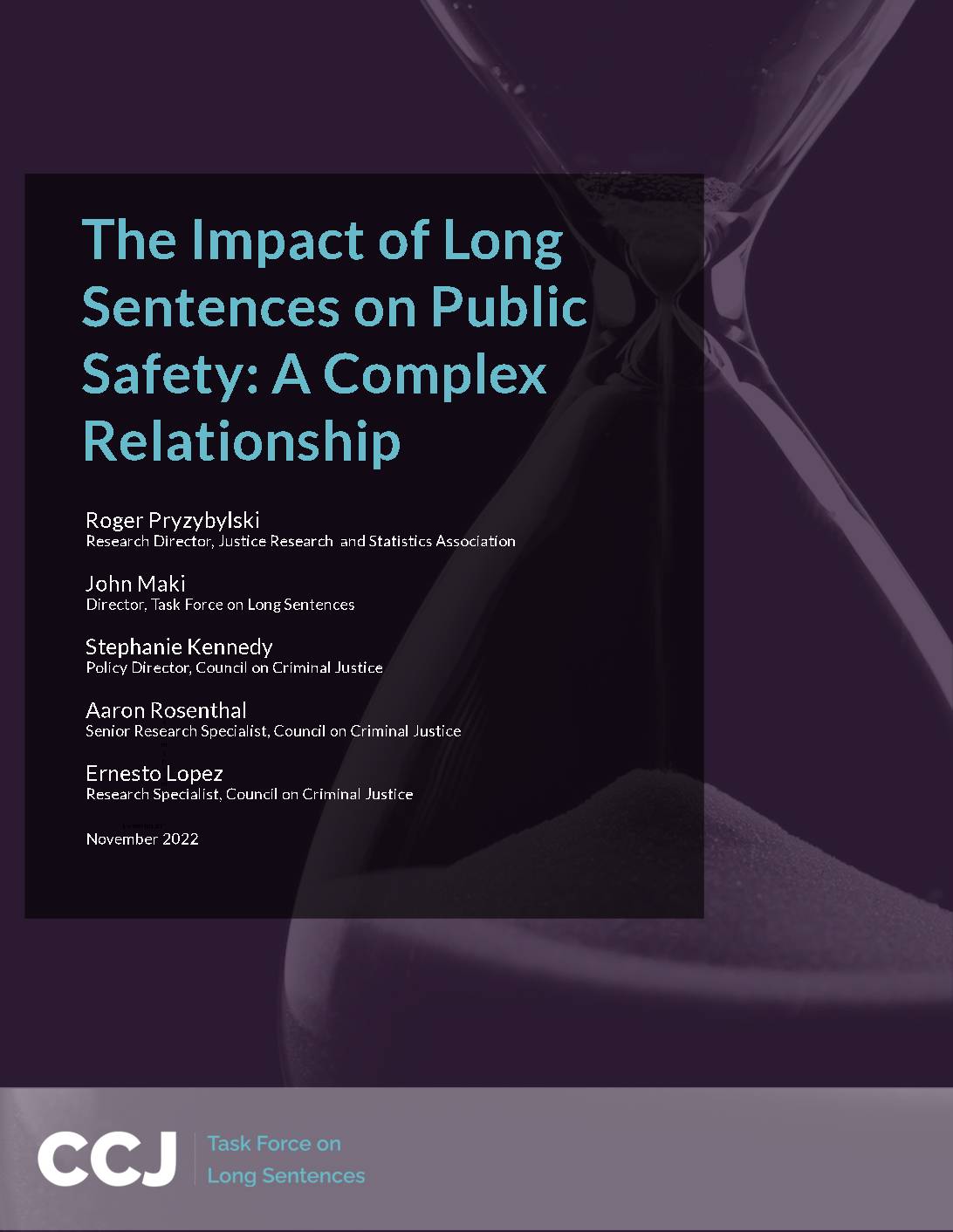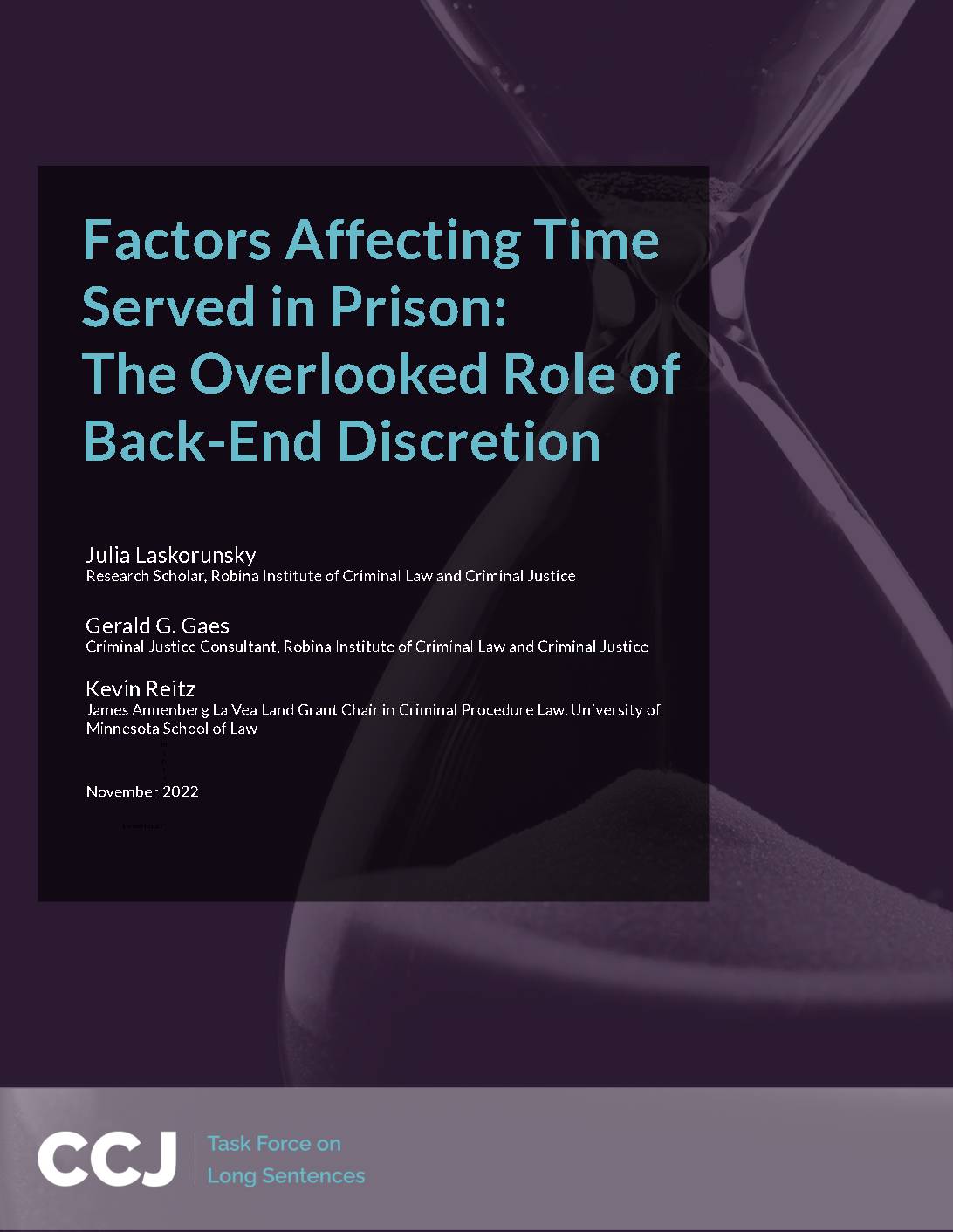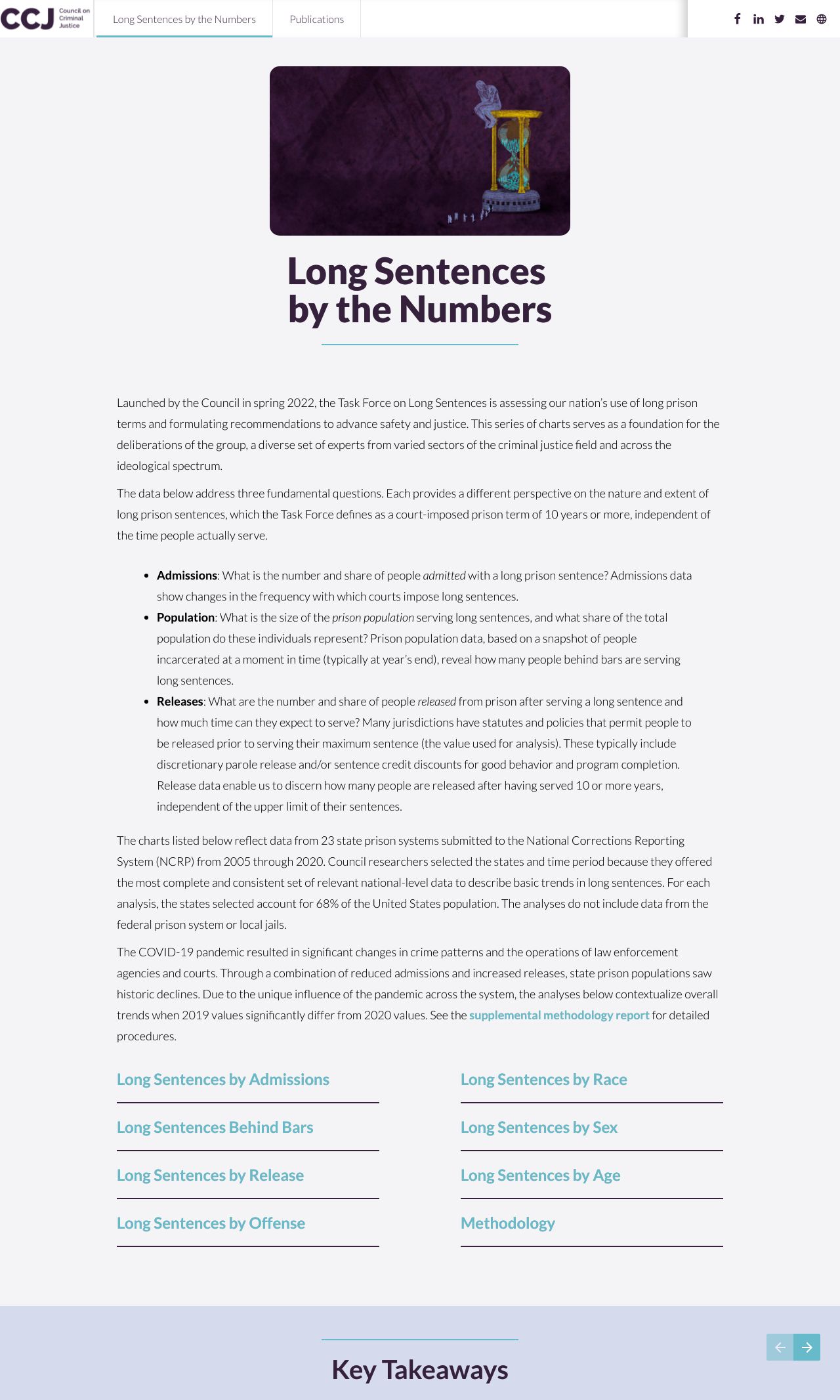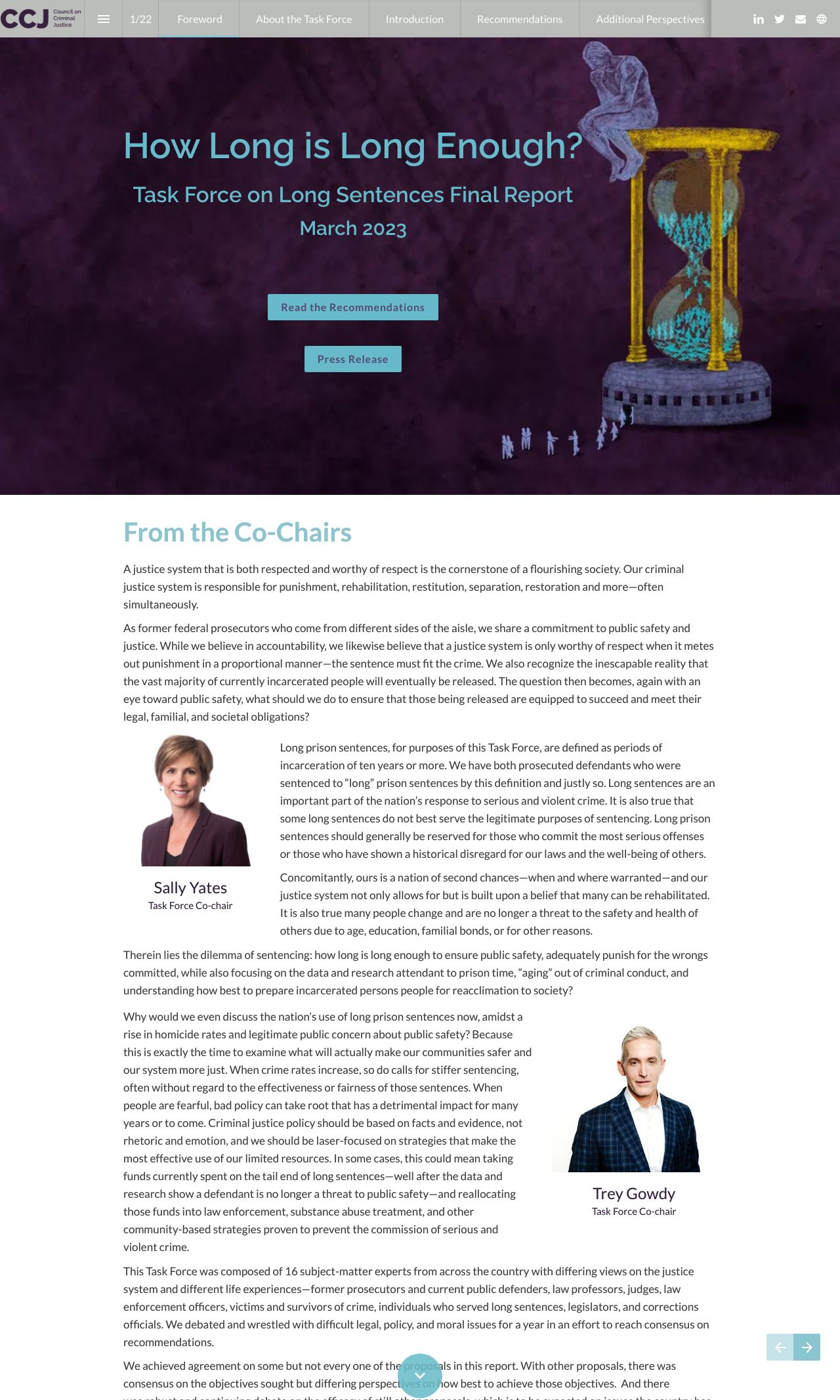PDF Data-Driven Decarceration
Mass incarceration is so deeply entrenched, it takes tremendous energy just to get the decarceral ball rolling. But deciding how to channel this momentum once it builds can also be a real challenge. How, exactly, should we shrink, unwind, or close prisons?



